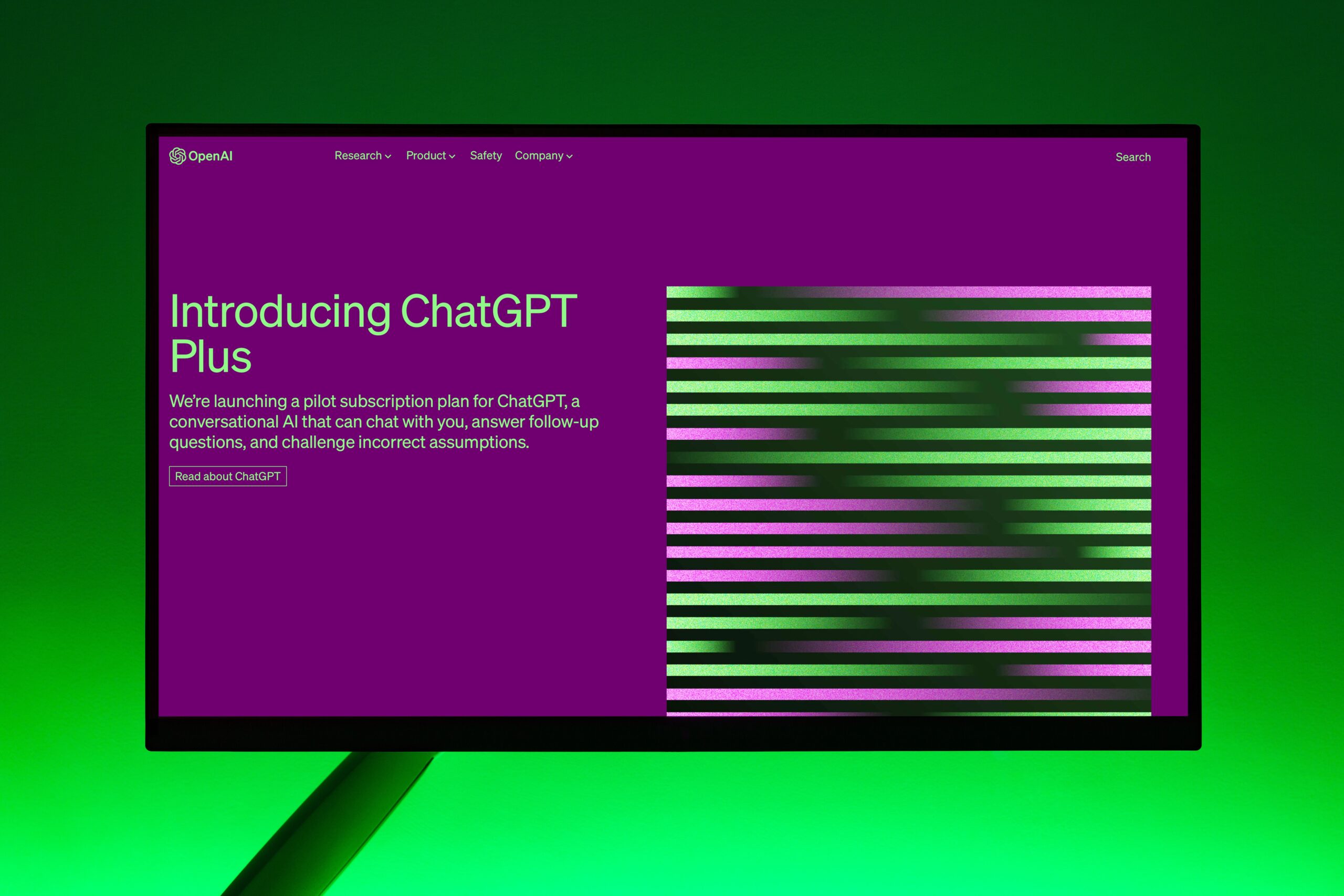In the dynamic realm of problem-solving and decision-making, two cognitive approaches stand out: framework thinking and model thinking. While the terms may initially appear interchangeable, they encapsulate distinct methodologies that offer unique applications in diverse contexts. Grasping the differences between framework thinking and model thinking is paramount to harnessing their potential effectively. In this enlightening blog post, we embark on a journey to unravel the dissimilarities between these two cognitive tools, shedding light on their inherent characteristics and exploring their indispensable role in the complex landscape of decision-making processes.
Framework thinking and model thinking serve as powerful mental frameworks for analyzing, organizing information, and guiding decision-making. Framework thinking involves the adoption of a structured mental framework or system that serves as a lens through which knowledge and information can be organized and understood. By providing a systematic approach, frameworks facilitate critical thinking, problem-solving, and effective decision-making. On the other hand, model thinking revolves around constructing simplified representations or models of real-world phenomena. These models act as conceptual or mathematical frameworks, enabling analysis, prediction, and understanding of complex systems. They serve as invaluable tools for decision-makers, aiding in the exploration of potential outcomes and the comprehension of cause-and-effect relationships. Simply put, frameworks can be seen as organized systems, while models can be considered as subsets of frameworks, serving as simplified tools for specific functions.
By examining the unique characteristics and applications of framework thinking and model thinking, we can unlock their potential as indispensable tools in the decision-making process. By understanding the distinctions between these two cognitive approaches, decision-makers can leverage their respective strengths and employ the most suitable methodology based on the nature of the problem at hand. Join us as we delve deeper into the realm of framework thinking and model thinking, uncovering their nuances and unraveling their role in navigating the intricacies of decision-making processes.
Building a Foundation for Decision Making – Framework Thinking
Framework thinking serves as a foundation for decision-making by providing a structured approach to organizing information and analyzing patterns. By adopting a framework, decision-makers can gain a deeper understanding of complex problems and make more informed choices. Frameworks offer a systematic way to evaluate options, assess risks, and consider multiple perspectives, enabling a comprehensive analysis of the decision at hand.
One of the key benefits of framework thinking is its ability to guide critical thinking and problem-solving. By utilizing a framework, decision-makers can break down complex problems into manageable components, identifying key factors and relationships. This systematic approach helps in identifying patterns, trends, and potential solutions. Frameworks act as cognitive tools that streamline the decision-making process by providing a structured framework within which decisions can be evaluated and compared.
In essence, frameworks facilitate effective communication and collaboration among decision-makers. By adopting a common framework, individuals can share a common language and understanding, making it easier to exchange ideas, perspectives, and insights. This enhances collaboration, as different stakeholders can contribute their unique expertise while remaining aligned within the framework. Frameworks promote a shared understanding of the problem space, ensuring that everyone involved in the decision-making process is on the same page and working towards a common goal.
Simulating and Analyzing Specific Scenarios – Model Thinking
Model thinking plays a crucial role in decision-making processes by offering a powerful tool for simulating and analyzing specific scenarios. By constructing simplified representations or models of real-world phenomena, decision-makers can gain a deeper understanding of complex systems and predict the potential outcomes of their choices.
Models provide a conceptual or mathematical framework that captures the essential elements and relationships within a given system. They enable decision-makers to study cause-and-effect relationships, identify patterns, and test various scenarios. For example, in financial decision-making, models can be used to simulate market conditions, evaluate investment strategies, and forecast potential returns. By running simulations and analyzing the outputs, decision-makers can assess the risks and benefits associated with different choices, allowing them to make more informed decisions.
Moreover, model thinking allows decision-makers to grasp the dynamics and interdependencies within a complex system. By creating models that capture the relevant variables and their interactions, decision-makers can explore how changes in one aspect of the system affect other elements. This understanding helps identify potential bottlenecks, unintended consequences, or leverage points that can be leveraged or mitigated. By analyzing the behavior of the model under different scenarios, decision-makers can optimize their strategies and minimize risks.
Leveraging Frameworks and Models
While framework thinking and model thinking differ in their focus and methodology, they are not mutually exclusive. In fact, they can be highly complementary approaches to decision-making. Framework thinking provides a broader perspective and a structured approach to understanding complex problems, while model thinking offers a more detailed and specific analysis of specific scenarios.
By combining framework thinking and model thinking, decision-makers can benefit from the strengths of both approaches. Frameworks provide a foundation for understanding the broader context and principles, guiding the analysis and interpretation of models. Models, in turn, offer a means to simulate specific scenarios and assess the potential outcomes of decisions within the framework’s boundaries.
This combination of framework thinking and model thinking allows decision-makers to approach complex problems with a holistic perspective while also considering the detailed implications of their choices. By leveraging both approaches, decision-makers can enhance their analytical capabilities, optimize decision-making processes, and achieve more favorable outcomes.
Conclusion
Framework thinking and model thinking offer distinct methodologies for approaching problem-solving and decision-making processes. Framework thinking provides a structured framework for understanding complex problems, while model thinking allows for the analysis and simulation of specific scenarios. By understanding and utilizing the strengths of both approaches, decision-makers can enhance their ability to make informed decisions, navigate uncertainties, and achieve desired outcomes.



